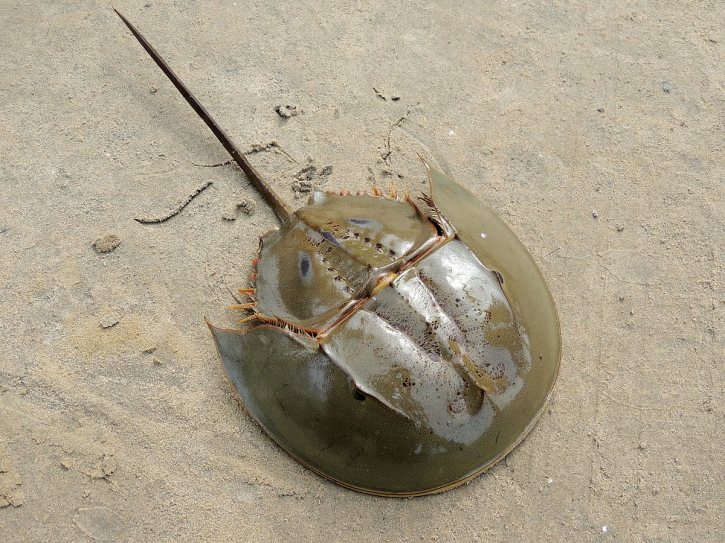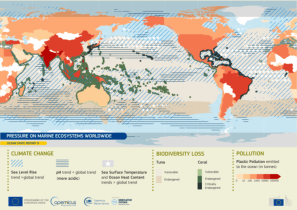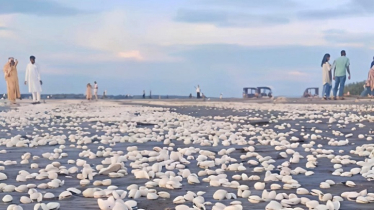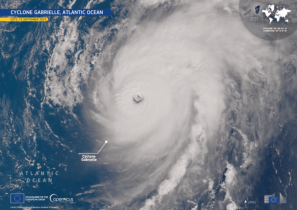
Horseshoe crabs, among the world’s oldest living species, predate even the dinosaurs and have survived for over 450 million years. Known as “living fossils,” these marine arthropods exhibit unique features, including blue blood, the ability to swim upside down, and nine eyes.
Despite their name, horseshoe crabs are not true crabs but belong to the arachnid-related group, with shells resembling a horse’s hoof. Four species exist worldwide, found in Southeast Asia, the Gulf of Mexico, and the American coastline. In the Philippines, they are only found on Palawan Island.
Their long, spiny tails may appear intimidating, but horseshoe crabs are generally gentle. The tail is primarily used for steering while swimming or to right themselves when flipped over. Handling the tail can injure the animal.
Horseshoe crabs’ blood is blue due to hemocyanin, a copper-containing protein that carries oxygen. Their blood contains specialized cells called amebocytes, which respond to bacteria and viruses by forming a protective jelly-like clot, effectively blocking infection. These cells are highly sensitive and can detect pathogens like E. coli, making horseshoe crab blood invaluable in medicine. It is used to sterilize medical equipment and test vaccines and drugs. One liter of horseshoe crab blood can fetch $15,000 or more, making it one of the most expensive liquids on Earth.
Horseshoe crabs have nine eyes. Two large compound eyes help locate mates, five dorsal eyes detect sunlight and ultraviolet light, two ventral eyes assist in swimming, and light-sensitive organs on the tail help regulate circadian rhythms.
The species often swims upside down, a behavior observed particularly in juveniles to avoid predators, while adults generally forage in deeper waters. Females are larger than males and spawn in mud or sand during full moons or warm seasons, laying between 60,000 and 120,000 eggs. Most eggs serve as food for birds, fish, and reptiles, with only a few developing into juveniles that grow to maturity over 8 to 10 years.
Despite surviving for half a billion years, horseshoe crabs are now threatened by overharvesting for medical purposes, habitat destruction, and use as food or fertilizer. Scientists are seeking alternatives to ensure the preservation of these remarkable creatures, which have long been vital to human health due to the unique properties of their blue blood.





